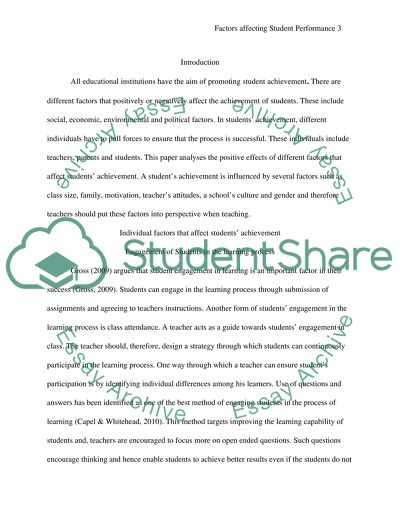Cite this document
(The Positive Effects of Different Factors that Affect Students Achiev Term Paper, n.d.)
The Positive Effects of Different Factors that Affect Students Achiev Term Paper. Retrieved from https://studentshare.org/education/1585040-student-achievements-global-revisions
The Positive Effects of Different Factors that Affect Students Achiev Term Paper. Retrieved from https://studentshare.org/education/1585040-student-achievements-global-revisions
(The Positive Effects of Different Factors That Affect Students Achiev Term Paper)
The Positive Effects of Different Factors That Affect Students Achiev Term Paper. https://studentshare.org/education/1585040-student-achievements-global-revisions.
The Positive Effects of Different Factors That Affect Students Achiev Term Paper. https://studentshare.org/education/1585040-student-achievements-global-revisions.
“The Positive Effects of Different Factors That Affect Students Achiev Term Paper”. https://studentshare.org/education/1585040-student-achievements-global-revisions.


